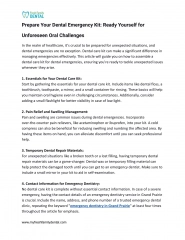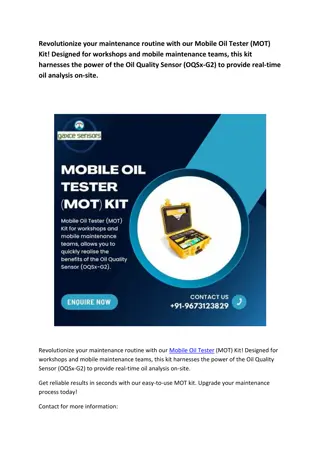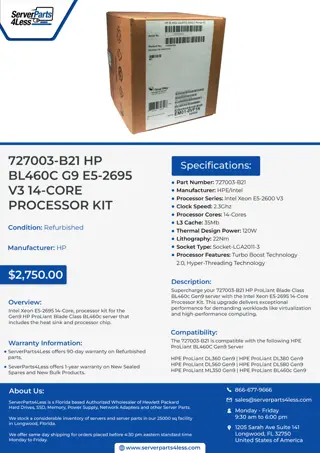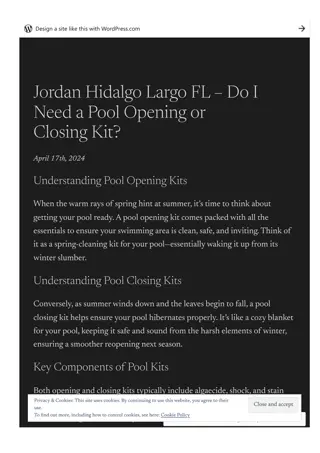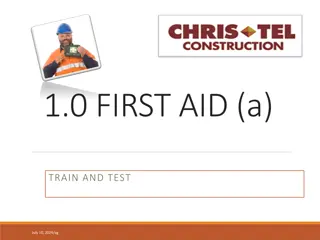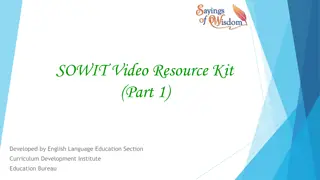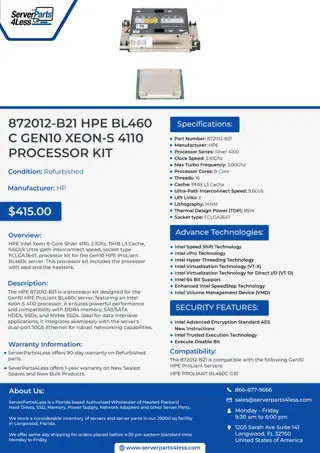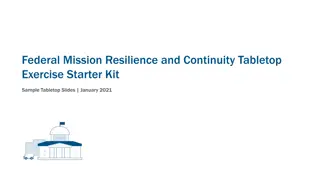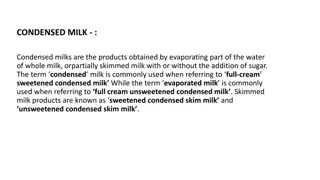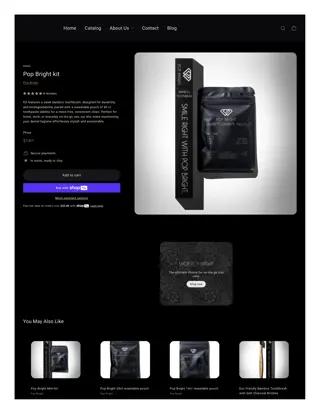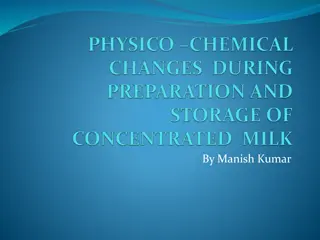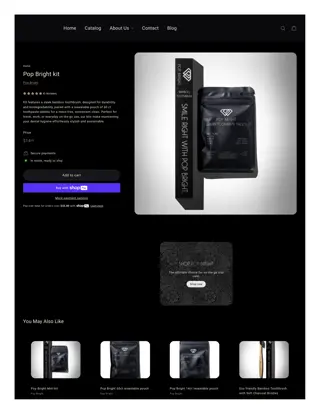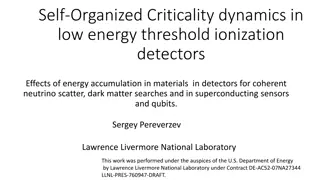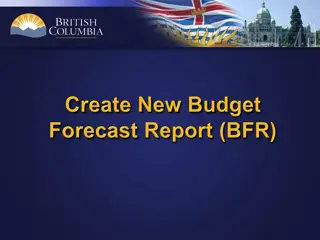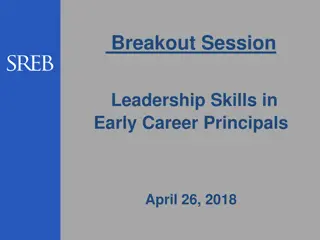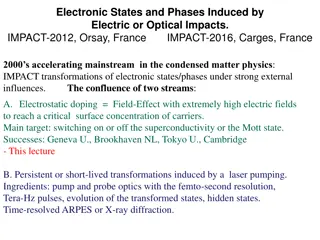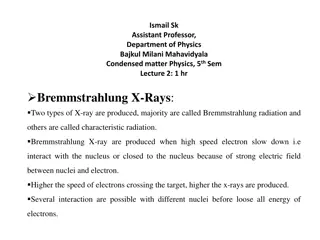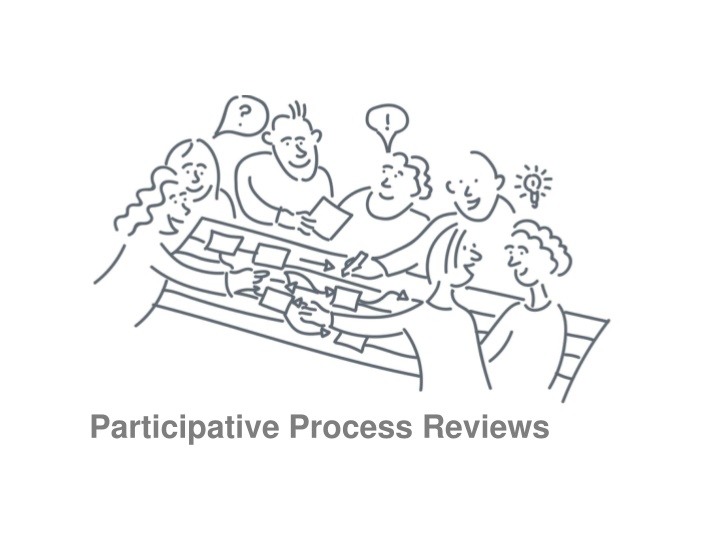
Introduction to Participative Process Reviews Workshop
Discover the structured approach of the Participative Process Review Workshop, focusing on stages from defining the current process to proposing and implementing new process maps. This workshop aims to enhance processes within the higher education sector, with acknowledgment to Oxford Brookes University and SUMS Consulting for their collaboration and support.
Download Presentation

Please find below an Image/Link to download the presentation.
The content on the website is provided AS IS for your information and personal use only. It may not be sold, licensed, or shared on other websites without obtaining consent from the author. If you encounter any issues during the download, it is possible that the publisher has removed the file from their server.
You are allowed to download the files provided on this website for personal or commercial use, subject to the condition that they are used lawfully. All files are the property of their respective owners.
The content on the website is provided AS IS for your information and personal use only. It may not be sold, licensed, or shared on other websites without obtaining consent from the author.
E N D
Presentation Transcript
An introduction to Participative Process Reviews workshop Acknowledgements This workshop is brought to the HE sector as a collaborative initiative with Oxford Brookes University (the workshop originator) Leadership Foundation in Higher Education s Innovation and Transformation fund SUMS Consulting 6 participating Universities who assisted in piloting the workshop. http://www.lfhe.ac.uk/en/research-resources/itf-projects
Key aim To review the following process
Participative Process Review Workshop Workshop outline Introduction (aims and objectives) Session 1: Review the Terms of Reference (Stage 1) Session 2: Review initial diagnostic information (Stage 3) Session 3: Stage 4: Defining the current (as is) process map Lunch Break Session 4: Stage 5: Design proposal for a new process Session 5: Presenting your proposals (for Stage 6): Write report Session 6: Decisions and next steps
A staged approach to process mapping Establish ToR for the process review Articulate objectives (possible problem) (desired outcomes), scope, stakeholders, time frame, process review team Stage 1: Definition Agreed Stage 2: Plan & prepare Determine who is to be interviewed Plan and prepare schedules, communication et al Stage 3: Initial diagnostics 1 to 1 diagnostic interviews 1 to 1 diagnostic interviews 1 to 1 Diagnostic interviews Group diagnostic interviews Group diagnostic interviews NB : also consider Questionnaires Establish initial (rough) process map (establish issues, dependencies, risks, stakeholders, equality impacts)
A staged approach to process mapping NB: More than 1 workshop depending on size and complexity of process Facilitated Workshop Facilitated Workshop Stage 4: Defining the current (as is) process Current process map and logs used to identify present issues NB: More than 1 workshop depending on size and complexity of process Stage 5: Design proposal for a new process Facilitated Workshop Facilitated Workshop Proposed process map and logs used to identify potential requirements, actions et al Report includes, Definition of as is process together with proposal for any new process. Highlights, issues, dependencies, linkages, risks and other key impacts Recommendations with outline of cost and resource implications Stage 6: Write report May lead to development of project Business Case
Process mapping (a definition) Structural analysis of a process flow (such as an order-to-delivery cycle), by distinguishing how work is actually done from how it should be done, and what functions a system should perform from how the system is built to perform those functions. In this technique, main activities, information flows, interconnections, and measures are depicted as a collage on a large sheet of paper, with different coloured 'Post-it' notes or slips of paper. This graphic representation allows an observer to 'walk- through' the whole process and see it in its entirety. Source Business Dictionary .com http://www.businessdictionary.com/definition/process-mapping.html
Potential uses for process mapping To address identified issues quality of services to students or other customers performance issues i.e. excessive response times resource constraints and controlling costs redress excessive or unbalanced work loads To investigate new ideas enhancing service standards re-sequencing activities introducing organisational changes and role changes exploiting new information systems Quality assurance to ensure activities are efficient and effective (continuous improvement) aligned to University strategy and policies benchmarked
The key to good process mapping There are three essentials that must be handled well to assure good process mapping. 1. The operating people whose work is being mapped must supply information for the map and must understand and support the reasons for the mapping. 2. The map itself must be organized in a way that enables everyone involved to clearly understand the process. 3. The information that is assembled in the map must be valid Ben S. Graham, The Ben Graham Corporation 2006
Participant roles in process mapping Process Sponsor (Owner) may or may not own whole process Process Study Review Leader prepares the brief, co-ordinates the process review prepares the final report Workshop recorder/loggist captures the outputs from the workshop day, Process Review Team Members provides experience, knowledge, challenge & creativity Process users should have representation on review team sample interviewed as part of the process review Student views should be sought where ever students are end users
Session 1: Review the Terms of Reference (Stage 1) An accurate definition is critical to success Background Process review objective Scope Criteria for success Proposed approach Who is involved (stakeholders) Time Scales Resourcing Ancillary/supporting notes
Process Review Team Activity 1 The team to review and finalise their Terms of Reference (15 mins). Team to agree their process review Terms of Reference .
Session 2: Review initial diagnostic information (Stage 2) Process Review Team Activity 2 1/ The team to review the information gathered related to the process. 2/ Carry out a quick SWOT analysis linked to their chosen process review area.
Session 3: Stage 4: Defining the current (as is) process map
Process mapping some thoughts Process maps They help facilitate an objective discussion on A powerful tool to analyse current processes Issues related to a current process and designing improved processes Ideas for improved processes A pragmatic process map is better than a perfect one The corresponding conversation is often more important than the process map itself and Use common language to gain a common understanding
Observations from the PPR research initiative Reviewing a big process seems daunting until you map it out Collaborative nature of the exercise develops an appreciation of what s involved and the amount of work which goes on within the process Inclusiveness and sense of co-ownership fosters engagement and cooperation across teams /depts. Great value of having the right people in the room, giving them facilitated time to talk and think things through Appreciation of diverse/different roles/responsibilities and perspectives to remove difficulties/obstacles Through constructive challenging, simple issues and solutions often become apparent PPRs bring out many assumptions which often hinder effective working, these can be discussed and clarified
Standardised Process mapping shapes Start and end points In VISIO A task/activity within the process A sub task/sub activity within the process Direction of flow Decision e.g. yes or no Document Data Database access storage Next page reference Off page connector
Process mapping swim lanes Source image: SUMS Consulting: Participative Process Change, Good Practice Guide
Process Review Team Activity 3 1/ Using the materials provided develop The as is process map for your designated process review. Top tip: hold back from drawing connecting flow lines until near the end of the activity as these often change through discussions 2/ Produce the accompanying session diagnostics notes highlighting issues, observations, actions et al 50 minutes (depending on level of complexity of process)
Review your process from a Lean perspective Waste How much demand and work is triggered by failure, rework and duplication? Which stages of the process deliver no value to the customer? Where is there non-value adding waste in the process Customers & Value Who are the customers of the process? What is the value the process delivers to these customers? Flow Perfection..In an ideal world . How many process stages would be required? How long would it take? How many people would be involved? Is the process push (i.e. set items produced regardless) or pull (i.e. customer demanding a service) Where are the bottlenecks? How does the lead time (waiting) compare to the process time How many people and stages are involved?
Session 4: Stage 5: Design proposal for a new process
Process mapping what are we looking to achieve from this map? Example prompts Better end user response /satisfaction reduce mistakes, rework and errors in communication Quicker turn around times reduce delays, waiting and queues Reduce duplication of effort Introduction of improved systems Introducing new services More accurate information Transferring of functions from dept to another Reduce antiquated or unnecessary tasks We have always done it but can t remember the reason why (NHS Hospital weekly bicycle stats)
Process Review Team Activity 4 Produce a process map for a proposed new process.
Session 5: Presenting your proposals for Stage 6: Write report
Presenting your proposals some thoughts Report includes, Definition of as is process together with proposal for any new process. Highlights, issues, dependencies, linkages, risks and other key impacts Recommendations with outline of cost and resource implications Stage 6: Write report Reports will vary depending upon the original need refer back to the original Terms of Reference Prioritise your proposals from most important downwards your proposals should be considered in terms of their desirability linked to strategic aims and freeing up resourcing feasibility with regards implementation Be as brief as you can be and make it easy to read and understand.
Process Review Team Activity 5 Using flip chart and pend outline what will be in your process review report Key findings Key proposals Next step actions 15 minutes
? Session 6: Decisions and next steps
Decisions need to be made for next steps Owing to the wide spectrum of variables involved in process reviews this workshop is unable to provide suitable guidance Variables include size and nature of the process under review (Small / Large)? whether a process crosses department boundaries? simple cost effective changes vs large resource investment? is the next step writing a project business case? further investigation required? consult with stakeholders? regulatory considerations to consider? employee relation issues? Over to the Process Review Sponsor
Process Review Team Activity 6 What next? 5 minutes
The end

